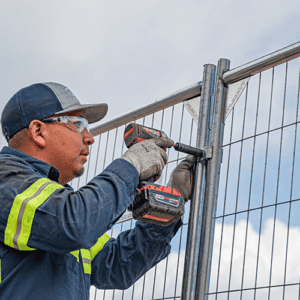Categories
A Guide to Temporary Fencing for the Construction Industry
A Guide to Temporary Fencing for the Construction Industry
Temporary fencing is an indispensable part of the construction industry, providing security, safety, and efficiency to construction sites. Whether you're managing a small residential project or a large commercial development, understanding the benefits and applications of temporary fencing can significantly enhance your site management.
What is Temporary Fencing?
Temporary fencing, as the name suggests, is a movable barrier used to secure construction sites, events, or any area that requires short-term enclosure. Unlike permanent fencing, these barriers are designed for quick installation, easy mobility, and efficient storage.
Key Benefits of Temporary Fencing in Construction
- Security
-
- Theft Prevention: Construction sites are prime targets for theft, with valuable materials and equipment often left unattended. Temporary fencing acts as a deterrent to unauthorized access, helping to protect assets.
- Trespassing Deterrence: Unauthorized individuals or curious passersby can pose safety risks and potential liability issues. Fencing keeps the general public out, ensuring only authorized personnel have access.
- Safety
-
- Accident Prevention: Construction sites are hazardous areas. Temporary fencing helps to clearly delineate site boundaries, reducing the risk of accidental entry and subsequent injuries.
- Controlled Access: Fencing allows for controlled entry points where workers and visitors can be properly checked and equipped with necessary safety gear.
- Regulatory Compliance
-
- Many local governments and regulatory bodies mandate the use of temporary fencing for construction sites to ensure public safety and compliance with building codes. Adhering to these regulations helps avoid fines and project delays.
- Versatility and Convenience
-
- Easy Installation and Removal: Temporary fencing can be swiftly installed and dismantled, making it perfect for dynamic construction environments where site boundaries may need to change frequently.
- Adaptability: Available in various sizes and configurations, temporary fencing can be tailored to fit specific site requirements, whether it's for perimeter fencing, internal site division, or pedestrian management.
Types of Temporary Fencing
- Panel Fencing
-
- Typically made of steel or aluminum, panel fencing is robust and durable, providing high security. These panels are easy to connect and can be quickly relocated as needed.
- Mesh Fencing
-
- A lighter and more cost-effective option, mesh fencing is ideal for sites where security concerns are minimal. It's also highly visible, making it great for public safety.
- Hoarding
-
- Solid hoarding provides privacy and additional security, shielding the site from public view. This option is often used in urban areas to minimize visual impact and reduce noise.
- Crowd Control Barriers
-
- Used primarily for managing pedestrian flow and ensuring public safety around construction sites, especially in high-traffic areas.
Best Practices for Using Temporary Fencing
- Assess Site Needs: Evaluate the specific security and safety requirements of your site. Consider factors like location, size, and the nature of the construction work.
- Choose the Right Type: Select fencing that meets your site’s demands. For high-security needs, opt for panel fencing; for general safety, mesh fencing may suffice.
- Proper Installation: Ensure that fencing is installed by professionals to maintain structural integrity. Check that all panels are securely fastened and stable.
- Regular Maintenance: Inspect fencing regularly for damage or wear. Promptly repair or replace any compromised sections to maintain security and safety standards.
- Clear Signage: Enhance the effectiveness of temporary fencing by adding clear, visible signs indicating restricted areas, safety warnings, and entry points.
Temporary fencing is more than just a barrier; it is a vital component in ensuring the security, safety, and efficiency of construction sites. By choosing the right type of fencing and adhering to best practices, construction managers can safeguard their sites, comply with regulations, and ultimately, keep their projects running smoothly. Investing in high-quality temporary fencing is an investment in the overall success of any construction endeavor.
Share this post

